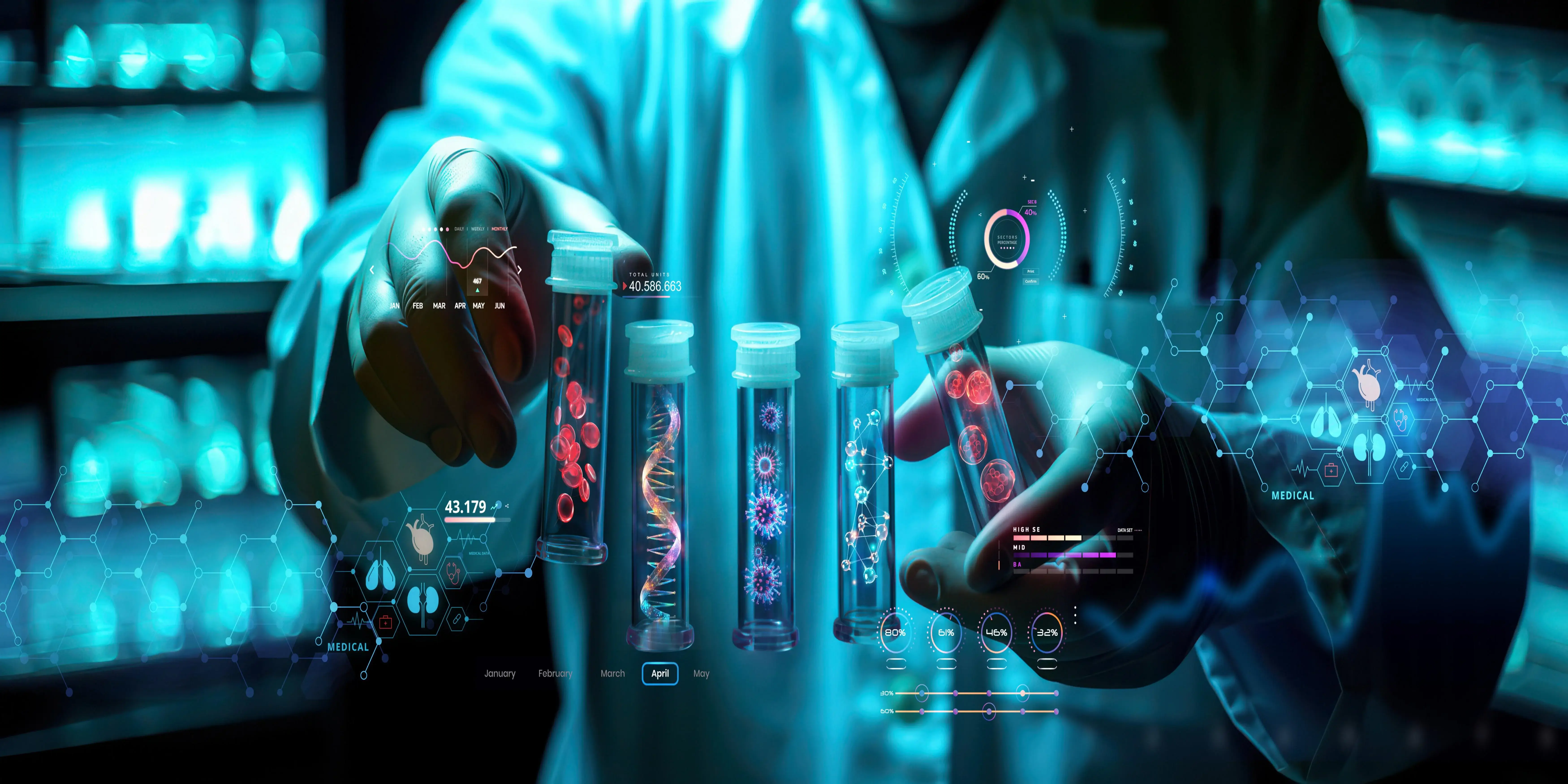The process of taking urine samples is one procedure that primarily applies in monitoring and diagnosis in hospitals. The test is performed from the patient's sample, from which one can run several medical conditions. Getting proper results entails determining whether proper technique is being used. This paper will describe step-by-step how a sample of urine is taken. There are several techniques that apply when taking urine samples; first, among the greatest safety measures to be observed, and then why or what could affect the results.
Types of Urine Sample Collection
Random Urine Collection
This is probably the most frequent way in which urine can be collected at virtually any hour of day or night. It occurs much more often than not in scheduled follow-ups and general screening tests. Although it may often be an easily applied procedure in outpatient settings, however, kidney function or other more particular health markers are not always well represented.
First-Morning Urine Collection
You obtain the first urine that you pass after implementing this technique. Since it typically contains much greater concentrations of substances such as cells, glucose, and protein, this specimen can be valuable in the diagnosis of some conditions. It will provide an even more telling indication of their ability to concentrate urine since it is obtained a long time after their last receipt of something.
24-Hour Urine Collection
Sometimes, the sample of urine itself would not have any indication of how the patient was. Doctors may ask for 24-hour urine collection for further evaluation. This is when every pee passed in a given period of 24 hours is collected. The urine sample judges the general health of the kidneys and thus helps in diagnosing diseases such as diabetes or renal disease. As any samples missing may go and affect the result, accuracy turns out to be very crucial for the process.
Preparation for Sample of Urine Collection
Hygiene Practices
Urine specimens are taken with so much care. Patients will be informed on the right way to clean the vaginal area and also ensuring their hands are cleaned before the test can be administered. This wash evacuates any substance that may interfere with the proper test including bacteria, skin cells, among others. Sometimes, antiseptic wipes may be administered by physicians just to be sure of a good cleanse, more so in midstream collections.
Avoid specific drugs
Every food item and drug that may interfere with the urinary test outcome must be avoided before taking urine. There are a couple of compounds that may alter the color or composition of urine; some of those compounds include vitamin C, coffee, and a few drugs. Patients are normally advised to avoid such medicines and food stuffs for a period of at least 24 to 48 hours before the test. Any other medicines that you are on must also be informed to your doctor since those medicines may interfere with the manner in which your specimen is taken.
Proper collection of Urine Sample
Midstream Collection
The most common method of obtaining urine is midstream. It involves filtering the contamination from the external genitalia and urethra. To do this, the patient should start urinating then stop after a few milliliters that allow pee to pass midstream to collect in a prelabeled sterile container. Most urine cultures and infections are through this.
Sterile Containers
In any medical setup, a container for collection of urine is always made available. The container should be strictly kept aseptic and nothing should touch the inside or lip of the container. While collecting the sample it is absolutely indispensable that the container is closed properly and labelled with the patient's name and date of collection along with the collection time.
Transporting and Storing the Sample
The collected specimen should be transported to the laboratory right away. Urine specimens deteriorate quickly if it is not in proper storage. If it is not possible to obtain the specimen directly, it should be cooled up until collection. Cooling of the specimen stops bacterial activity, which can also be a confounding factor
Factors That May Influcence Urine Test Results
Dehydration
Because the concentration of urine produced by dehydration is so high, results are misleading. Because the concentration of many body chemicals, such as electrolytes or waste products, increases when a patient is dehydrated, patients hydrate before testing, except when fasting.
Dietary Influences
The chemical composition in your urine is also determined by what you eat or drink and consume. Asparagus, carrots, or beets, for example will color your urine. Your urine chemistry can also become altered due to excessive consumption of protein or sugar. Therefore, it's very crucial for a patient to strictly follow all diets prescribed by a doctor.
Drugs
Other drugs will interfere with urine testing since they may alter the chemical concentration or color of urine. Diuretics will make a specimen become thinner and may even enhance urine flow. Other drugs and antibiotics, as well as painkillers, will also alter urinary chemistry. The patient's medical staff must be informed about any medication taken before the test.
Conclusion
Where collection of urine samples becomes part of several tests, accuracy and reliability all depend on proper protocol. Whether a 24-hour test, a first-morning collection or random sample collection, hygiene, use of sterile containers, and dietary or prescription requirements all help cut down errors. In the best-case scenario, if health care providers could be apprised of factors that affect test results and know how to handle unusual cases with sensitivity, then they would be well-equipped to diagnose and treat their patients properly. Patients, too, play an active role in augmenting the outcome of their urine tests and health in general by paying attention to details and seeking medical advice.



